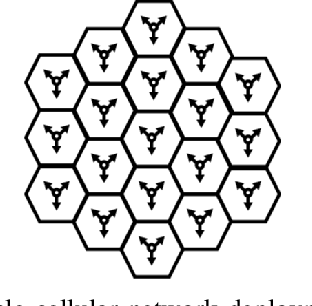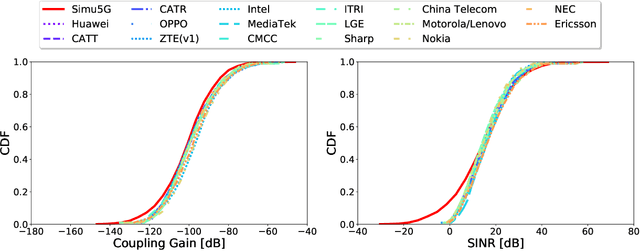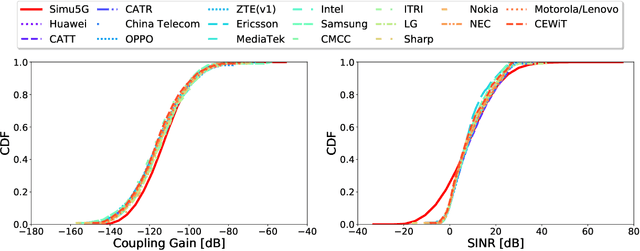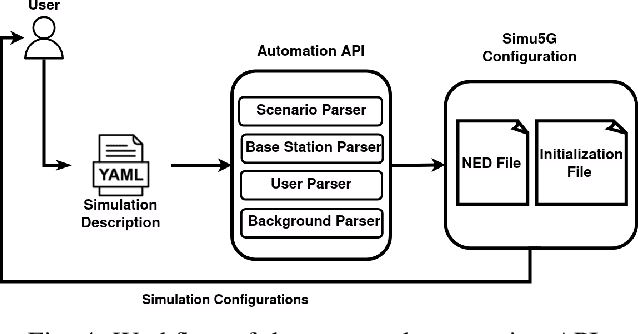Conrado Boeira
Root Cause Analysis of Anomalies in 5G RAN Using Graph Neural Network and Transformer
Jun 21, 2024



Abstract:The emergence of 5G technology marks a significant milestone in developing telecommunication networks, enabling exciting new applications such as augmented reality and self-driving vehicles. However, these improvements bring an increased management complexity and a special concern in dealing with failures, as the applications 5G intends to support heavily rely on high network performance and low latency. Thus, automatic self-healing solutions have become effective in dealing with this requirement, allowing a learning-based system to automatically detect anomalies and perform Root Cause Analysis (RCA). However, there are inherent challenges to the implementation of such intelligent systems. First, there is a lack of suitable data for anomaly detection and RCA, as labelled data for failure scenarios is uncommon. Secondly, current intelligent solutions are tailored to LTE networks and do not fully capture the spatio-temporal characteristics present in the data. Considering this, we utilize a calibrated simulator, Simu5G, and generate open-source data for normal and failure scenarios. Using this data, we propose Simba, a state-of-the-art approach for anomaly detection and root cause analysis in 5G Radio Access Networks (RANs). We leverage Graph Neural Networks to capture spatial relationships while a Transformer model is used to learn the temporal dependencies of the data. We implement a prototype of Simba and evaluate it over multiple failures. The outcomes are compared against existing solutions to confirm the superiority of Simba.
A Calibrated and Automated Simulator for Innovations in 5G
Apr 16, 2024



Abstract:The rise of 5G deployments has created the environment for many emerging technologies to flourish. Self-driving vehicles, Augmented and Virtual Reality, and remote operations are examples of applications that leverage 5G networks' support for extremely low latency, high bandwidth, and increased throughput. However, the complex architecture of 5G hinders innovation due to the lack of accessibility to testbeds or realistic simulators with adequate 5G functionalities. Also, configuring and managing simulators are complex and time consuming. Finally, the lack of adequate representative data hinders the data-driven designs in 5G campaigns. Thus, we calibrated a system-level open-source simulator, Simu5G, following 3GPP guidelines to enable faster innovation in the 5G domain. Furthermore, we developed an API for automatic simulator configuration without knowing the underlying architectural details. Finally, we demonstrate the usage of the calibrated and automated simulator by developing an ML-based anomaly detection in a 5G Radio Access Network (RAN).
 Add to Chrome
Add to Chrome Add to Firefox
Add to Firefox Add to Edge
Add to Edge